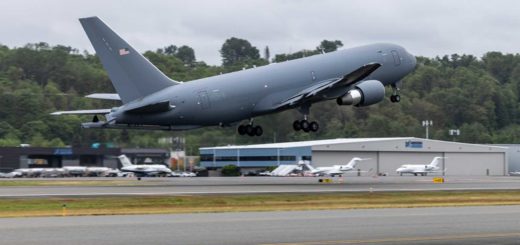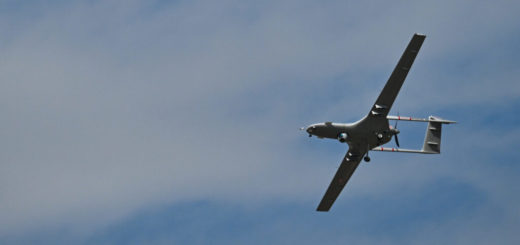Alert: China to Begin Flight Tests in June 2025 of SS-UAV Aerial Mothership Capable of Launching 100 Swarm Drones
{loadposition bannertop} {loadposition sidebarpub} On June 2025, the Chinese private firm Jiutian is scheduled to begin flight tests of its...











